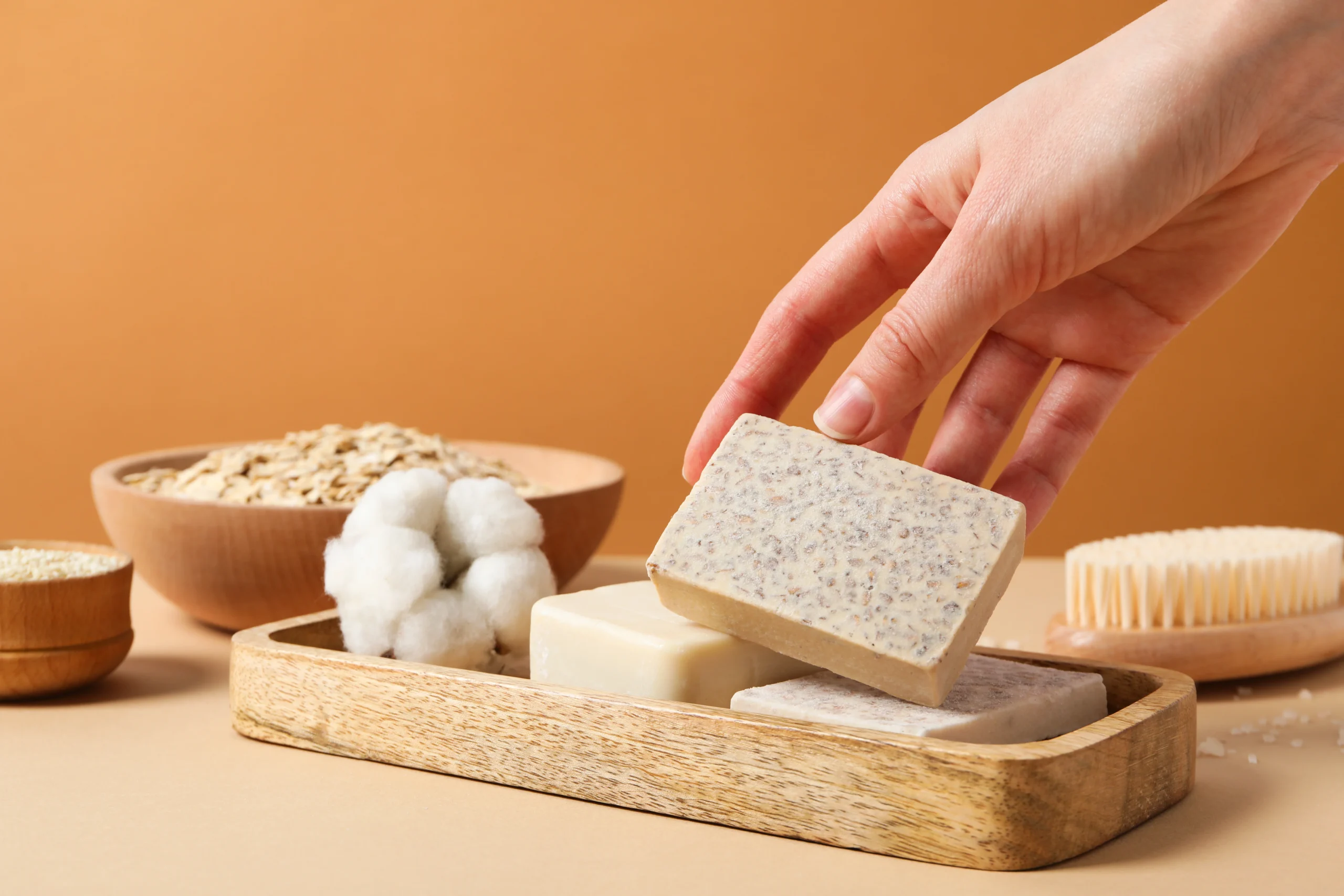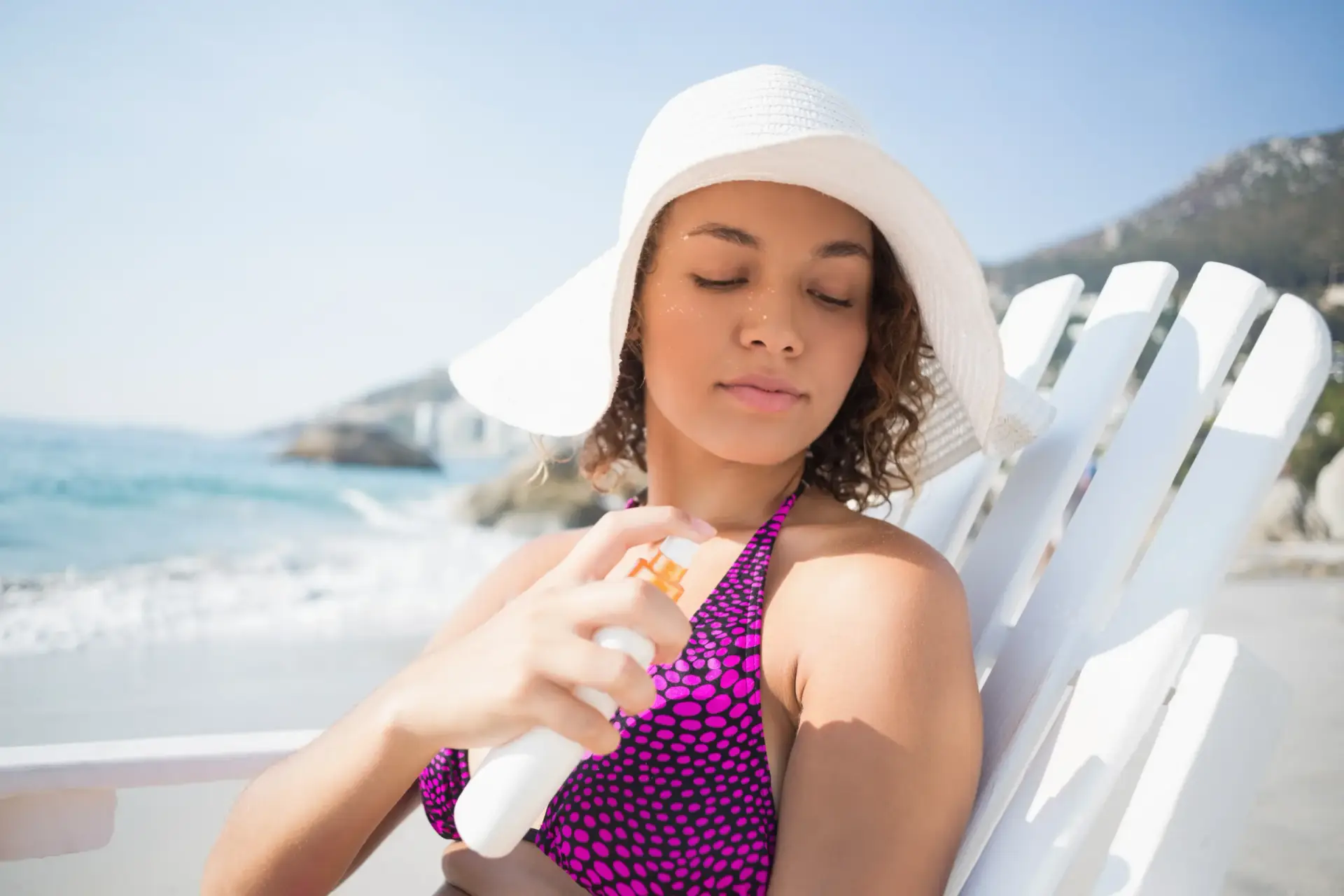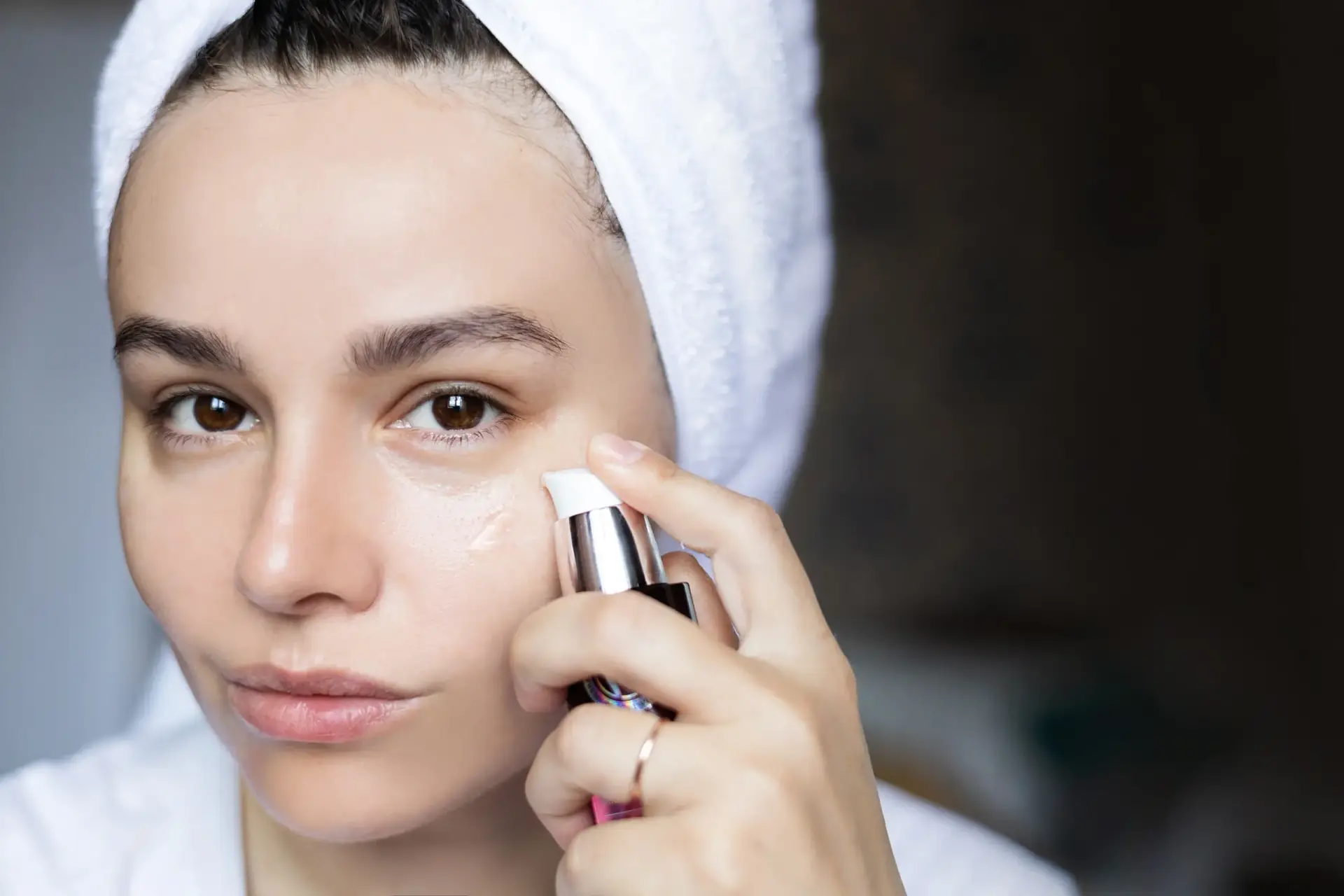Best after-sun skin care isn’t a luxury; it’s essential for your skin’s long-term health. When skin absorbs UV rays, it’s immediately stressed, causing dryness, redness, inflammation, and premature aging. Many people think the damage is already done once the sunscreen wears off, but that’s not true. In fact, what you do after sun exposure determines whether your skin heals well or suffers permanent damage.
Imagine spending a summer afternoon at the beach, enjoying the sunshine and cool breeze, and returning home to find your skin tight and uncomfortable. That tight feeling is your body’s warning signal, urging you to take corrective action. Following the proper after-sun skin care steps can restore skin moisture, reduce irritation, prevent peeling, and reduce the risk of long-term sun damage like hyperpigmentation and fine lines.
This guide will show you 15proven steps for after-sun skin care, providing professional treatments, dermatologist-approved solutions, and salon-quality comfort with easy home remedies. Ultimately, you’ll learn how to turn a potentially damaging sun day into an opportunity for radiant recovery.
Why After Sun Skin Care Is Important
After-sun care is critical because sunlight is not just a temporary inconvenience; it is a biological stressor that disrupts every layer of the skin. When UV rays penetrate the skin, a chemical reaction begins: collagen fibers break down, elastin weakens, and free radicals increase. This variety leads to dry, inflamed skin and cell harm. Without immediate care, redness, peeling, and accelerated skin aging occur.
The importance of the best after-sun skin care lies in the fact that it can reverse this chain reaction. By moisturizing, soothing the skin, and adding antioxidants and nutrients, this care rebuilds the skin barrier and restores its natural balance. It’s like first aid for your skin; just as you wouldn’t ignore a wound, sun damage shouldn’t be ignored either.
The Science of Sunlight and Skin Damage
Every time your skin is exposed to sunlight, it is exposed to UVA and UVB rays. UVA penetrates deep into the skin, where collagen and elastin are located. This leads to sagging skin and wrinkles over time. On the other hand, UVB is the leading cause of sunburn, redness, and inflammation of the skin’s surface. Both types of rays increase free radicals, which attack healthy skin cells.
The best after-sun skin care acts like a rescue mission for these cells. Antioxidants neutralize free radicals, while regular care, skin recovers faster, redness is reduced, and the risk of long-term damage is significantly reduced.
Common Mistakes After Sun Exposure
One of the biggest mistakes is ignoring your skin’s immediate signals after sun exposure. Taking a hot shower, using scented lotions, or ignoring moisture can increase skin irritation. Another common mistake is thinking the problem is over once the redness disappears. In reality, even if the visible symptoms seem mild, the damage continues at the cellular level.
The best after-sun skin avoids these mistakes, focusing on gentle and restorative methods. Chilling the skin, using benign gels, and drinking sufficient water help the body recuperate from the inside and out. A thoughtful after-sun routine ensures that the damage that has begun is completed through renewal.

After Sub Skin Care for Moisture
Replenishment of moisture is the cornerstone of post-sun skin care, as the first and most immediate effect of sun exposure is the loss of moisture from the skin. UV rays rob the skin of biological oils, weaken its barrier, and cause immediate water loss. This leaves the skin dry, tight, and more susceptible to peeling. Suppose the skin doesn’t receive immediate moisture. In that case, it can’t begin rebuilding, so moisturizing after sun exposure is essential.
When moisture is prioritized, skin regains its softness and suppleness. Cells receive essential water to help them perform their natural repair process, collagen production resumes, and inflammation decreases. Instead of allowing dryness to cause flaking or premature fine lines, restoring moisture makes skin soft, smooth, and firm again.
Aloe Vera: The Ultimate Soothing
For centuries, Aloe vera has been recognized as the ultimate soother in after-sun skin care. Its gel contains vitamins, amino acids, and polysaccharides, penetrating the skin to provide moisture and comfort. Aloe vera’s unique cooling sensation instantly soothes irritation, reduces redness, and helps skin rebuild faster, resulting in less peeling.
Dermatologists often recommend using pure aloe vera gel or products high in aloe vera, as it works in harmony with the skin’s natural processes. Unlike many synthetic formulas, aloe vera provides moisture without clogging pores, so it’s also safe for acne-prone or sensitive skin. Regular use after sun exposure can transform skin from tight and uncomfortable to soothed and nourished, ready to heal.
Hyaluronic Acid And Deep Skin Restoration
Hyaluronic acid is another powerful ingredient for post-sun skin hydration. Known as a “moisture magnet,” it attracts up to a thousand times its weight in water, delivering moisture to the deepest layers of the skin. After a day in the sun, hyaluronic acid helps store water in the skin’s structure, controlling dryness and reducing long-term damage.
The beauty of hyaluronic acid is its versatility. It suits all skin types, blends easily with other ingredients, and provides visible radiance within hours. When used with aloe vera or antioxidant serums, it boosts moisture and encourages cell renewal. Regular use after sun exposure strengthens the skin barrier, making skin more resistant to future damage.
The Importance of Internal Drinking
While moistening the skin on the exterior is crucial, internal hydration is equally essential for after-sun hydration. Sunlight often causes systemic dehydration, which manifests as dullness, dryness, and fatigue on the skin. Drinking enough water, coconut water, or electrolyte-rich drinks can help restore electrolyte balance. Internal hydration and external moisturizers work together to create a complete recovery plan.
The results are undeniable when moisture is seen as essential internally and externally. Kin recovers quickly, remains soft, and retains its outward glow even after prolonged exposure to the sun.
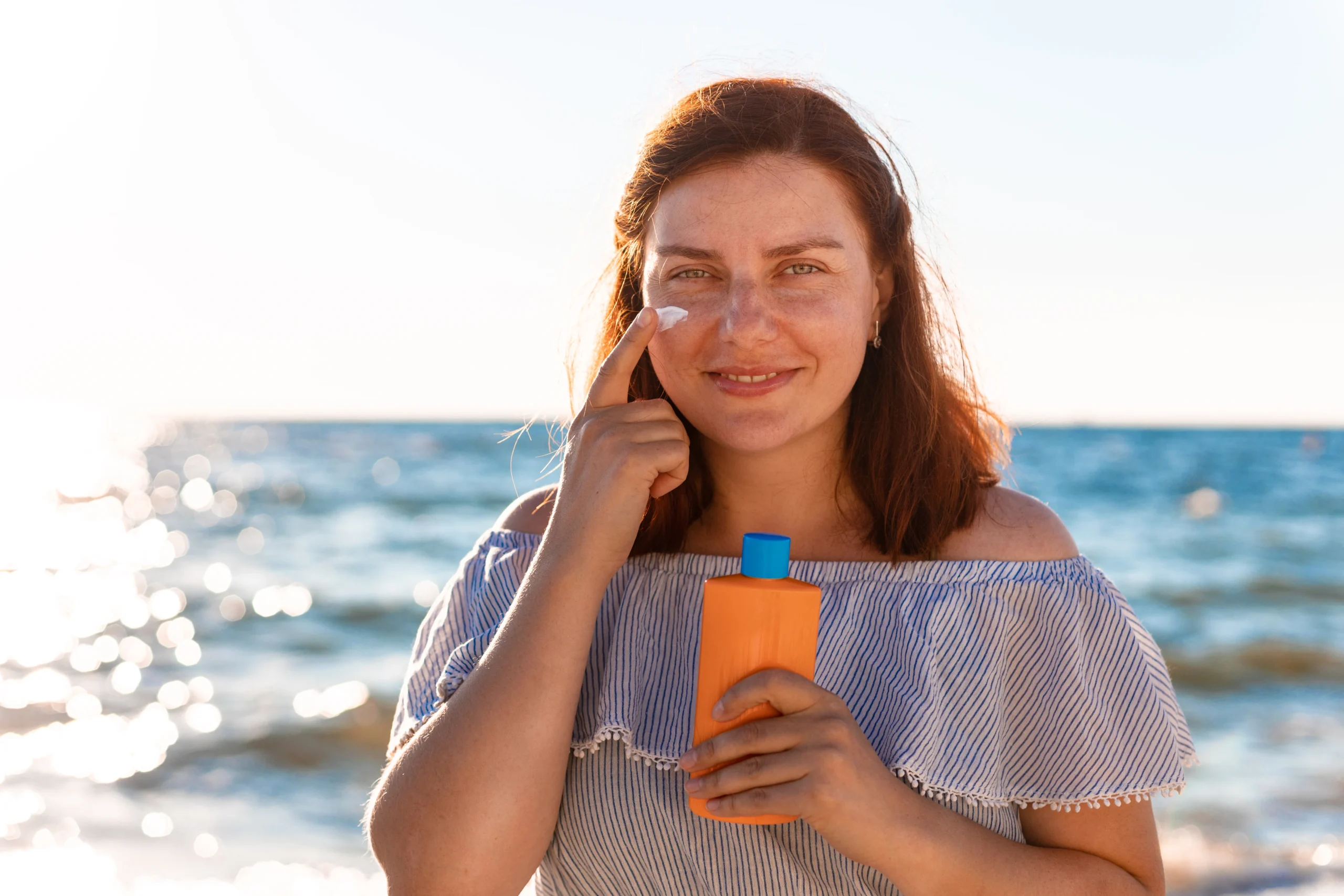
After Sun Skin Care for Recovery
After sun skin care for recovery is not just about ensuring the skin’s external comfort; it’s about reversing stress at the cellular level and restoring skin health deep down. When skin is exposed to UV rays, free radicals increase rapidly, breaking down collagen and elastin fibers. This results in weakened skin structure, early wrinkles, and variable pigmentation. To combat these problems. Skin needs targeted nutrition that reduces the barrier, repairs oxidative damage, and supports regeneration. After sun cream focuses on recovery, ensuring that skin is comfortable and restores its strength and resilience in the long term.
Antioxidants In Skin Barrier Reconstruction
Antioxidants are the mainstay of post-sun skin care for recovery. They fight oxidative stress, the leading cause of sun damage. Vitamin C, green tea extract, and resveratrol are potent antioxidants for the skin. They neutralize harmful free radicals, brighten dull and sun-damaged skin, and prevent the development of hyperpigmentation.
Using an antioxidant serum effectively penetrates the skin while hydrating it. Over time, these compounds strengthen the skin’s natural barrier, making it less susceptible to future UV damage. Regularly using antioxidant-rich products bridges the gap between short-term comfort and long-term protection, resulting in firmer, more radiant skin.
Vitamin E and Natural Oils for Healing
Vitamin E is another essential ingredient in post-sun skin care for recovery. Known for its healing properties, vitamin E soothes redness and irritation and reduces blemishes. It works synergistically with vitamin C, increasing antioxidant effects. When used in topical creams or oils, vitamin E creates a protective layer that prevents further water loss and nourishes the skin.
Genuine oils such as jojoba, rosehip, and argan oil are equally helpful. These oils contain essential fatty acids, which often reduce the damaged lipid barrier after sun exposure. Unlike heavy mineral oils, these natural oils penetrate deep into the skin to provide nourishment without leaving any greasy residue. They promote cell turnover, increase elasticity, and leave the skin soft, radiant, and restored.
Gentle Exfoliation As Part of Recovery
While exfoliation after sun exposure may seem daunting, a gentle enzymatic exfoliant plays a key role in recovery. Components like papaya enzymes or lactic acid remove impaired, dead skin cells without irritating the skin. This reveals new, healthy skin and enhances the effectiveness of the hydrating and restorative products you use afterward.
By maintaining a careful balance between exfoliation and nourishment, skin recovers more evenly, reducing the risk of peeling or uneven pigmentation. Recovery is not about a quick recovery, but guiding the skin through a safe and supportive healing journey.
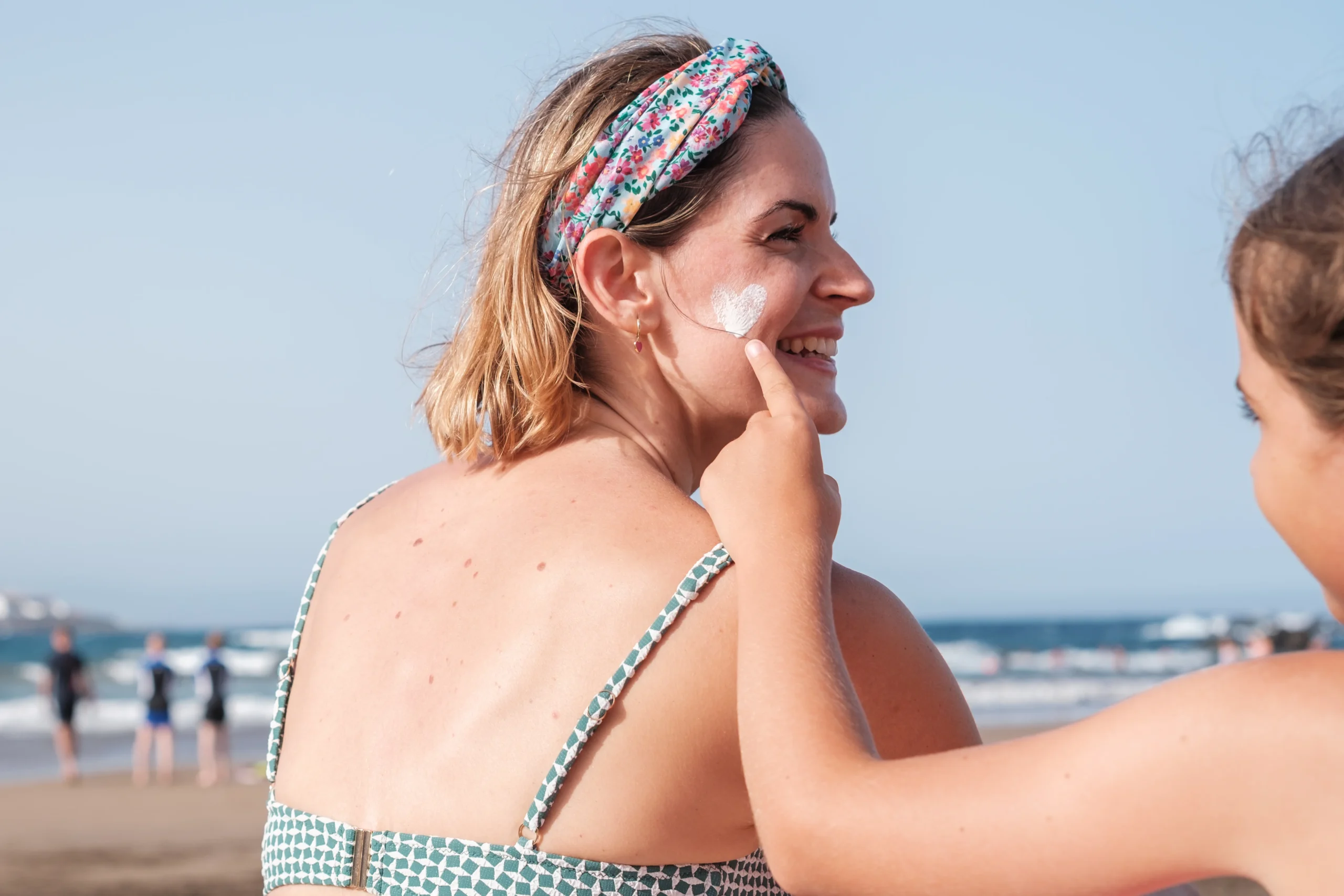
After Sun Skin Care for Recovery
After sun skin care for recovery is not just about ensuring the skin’s external comfort; it’s about reversing stress at the cellular level and restoring skin health deep down. When skin is exposed to UV rays, free radicals increase rapidly, breaking down collagen and elastin fibers. This results in weakened skin structure, early creases, and irregular pigmentation. To combat these problems, skin needs targeted nutrition that rebuilds the barrier, repairs oxidative damage, and supports regeneration. After sun care, focusing on recovery ensures that skin is comfortable and restores its strength and resilience in the long term.
Antioxidants In Skin Barrier Reconstruction
Antioxidants are the mainstay of post-sun skin care for recovery. They fight oxidative stress, the leading cause of sun damage. Vitamin C, leafy tea extract, and resveratrol are the most potent antioxidants for the skin. They neutralize harmful free radicals, brighten dull and sun-damaged skin, and prevent the development of hyperpigmentation.
Using an antioxidant serum effectively penetrates the skin while hydrating it. Over time, these compounds strengthen the skin’s natural barrier, making it less susceptible to future UV damage. Regularly using antioxidant-rich products bridges the gap between short-term comfort and long-term protection, resulting in firmer, more radiant skin.
Vitamin E and Natural Oils for Healing
Vitamin E is an essential ingredient in post-sun skin care for recovery. Known for its healing properties, it reduces irritation and blemishes. It works synergistically with vitamin C, enhancing antioxidant effects. When used in topical creams or oils, vitamin E creates a protective layer that prevents further water loss and nourishes the skin.
Natural oils such as jojoba, rosehip, and argan oil are equally helpful. These oils are rich in essential fatty acids, which repair lipid barrier damage after sun exposure. Unlike heavy mineral oils, these natural oils penetrate deep into the skin to provide nourishment without leaving any greasy residue. They promote cell turnover, increase elasticity, and leave the skin soft, radiant, and restored.
Gentle exfoliation as part of recovery
While exfoliation after sun exposure may seem daunting, a gentle enzymatic exfoliant plays a key role in recovery. Ingredients like papaya enzymes or lactic acid remove damaged, deadly skin cells without rubbing the skin. This reveals new, healthy skin and enhances the effectiveness of the hydrating and restorative products you use afterward.
By maintaining a careful balance between exfoliation and nourishment, skin recovers more evenly, reducing the risk of peeling or uneven pigmentation. Recovery is not about a quick recovery but guiding the skin through a safe and supportive healing journey.
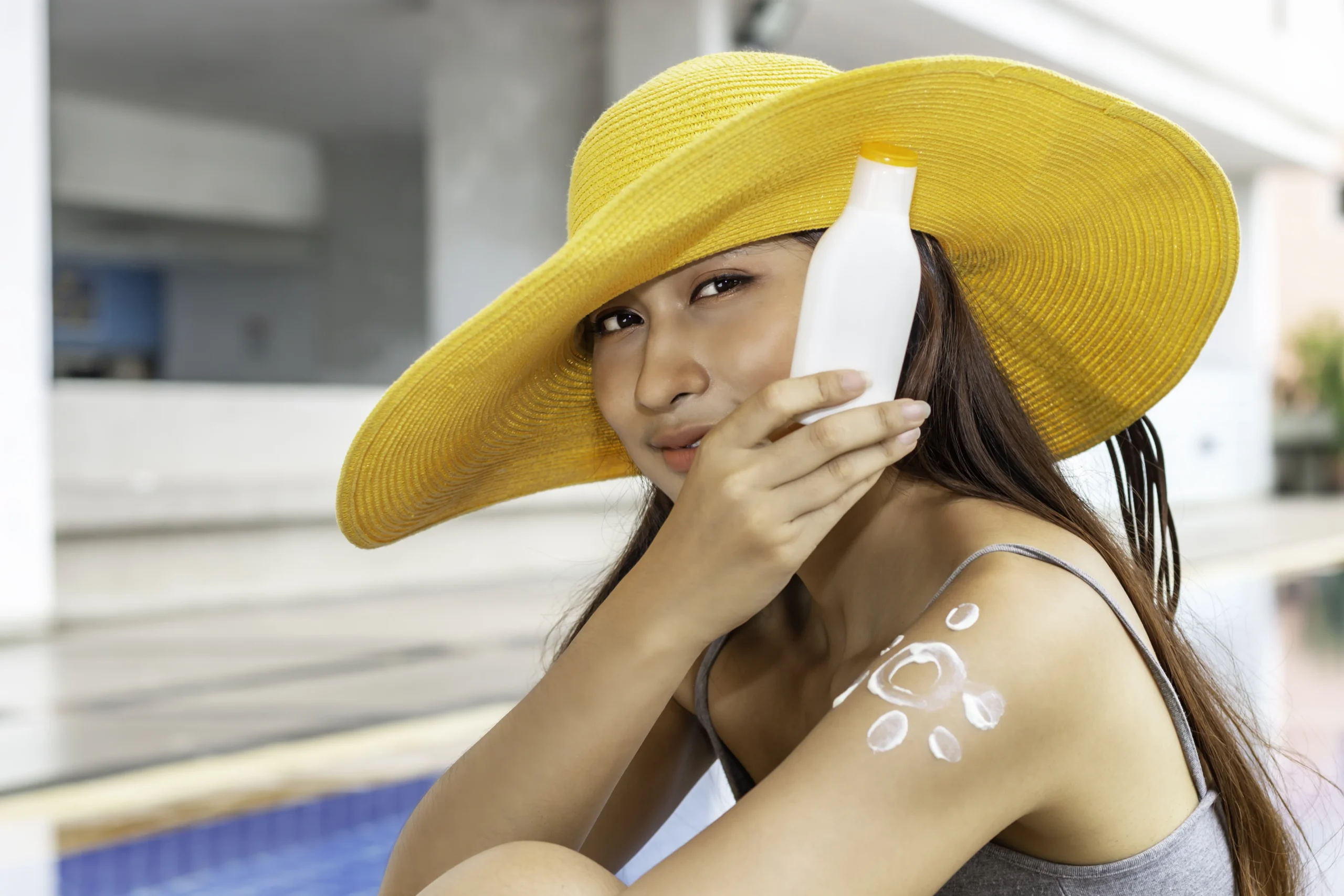
After Sun Skin Care For Prevention
After-sun skin care for prevention is the step that turns short-term comfort into long-term protection. While hydration and recovery focus on repairing existing damage, prevention ensures that your skin is less susceptible to future damage. Even the most effective after-sun products can’t reverse the full effects of repeated, unsafe sun exposure. That’s why preventative strategies are essential. By adding a combination of sunscreen, antioxidants, and lifestyle to your daily routine, you create a shield that reduces the need for regular reapplication.
The best preventive approach prevents sunburn, premature aging, hyperpigmentation, and loss of skin elasticity. Skin is regularly cared for after sun exposure and protected before the next outdoor activity, and stays youthful, radiant, and firm for years. So prevention isn’t a single step. It’s part of a lifestyle that ensures that every moment of sun exposure doesn’t cause any permanent damage to the skin’s complexion.
Daily Sunscreen: Long-Term Shield
Daily sunscreen is the cornerstone of preventive after-sun skin care. Many people only use sunscreen on beach days or vacations. Still, ultraviolet rays are present daily, even through clouds and windows. UVA rays, in particular, penetrate glass and contribute to photoaging, so sunscreen is essential at all times of the year.
A broad-spectrum sunscreen with an SPF of 30 or higher protects against UVA and UVB rays. For maximum effectiveness, it should be applied liberally every morning and reapplied every two hours outdoors. Modern sunscreens come in lightweight gels, tinted formulas, and mineral-based creams, which can be easily incorporated into your daily skincare routine. By making sunscreen a must-have, you prevent future damage and reduce your reliance on corrective treatments.
Lifestyle Adjustment for Sun Protection
Beyond sunscreen, minor lifestyle changes are also crucial to preventive sun care. Wearing a wide-brimmed hat, UV-blocking clothing, and sunglasses can boost the skin’s defenses. Planning outdoor activities early in the morning or late in the afternoon can help avoid the peak UV rays between 10 a.m. and 4 p.m.
Nutrition also plays an important role. Antioxidant-rich foods such as berries, leafy greens, and omega-3 fatty acids make the skin more resistant to oxidative stress. Maintaining moisture is essential, as adequately moisturized skin responds more effectively to sunlight and after-sun care procedures. By aligning your daily routine with protective measures, you strengthen your skin’s resilience against the damaging effects of the sun.
The Role of Continuity In Prevention
A one-time effort is not enough. Prevention must be consistent, like brushing your teeth or washing your hands. Skipping sunscreen or moisturizer every day causes visible damage over time. With consistent preventative care, the skin’s repair process remains active, collagen production remains strong, and pigmentation problems are controlled.
In short, prevention is the bridge between recovery and long-term skin health. When you combine the best after-sun skin care products with daily protective habits, every sunny day leaves behind memories, not damage.
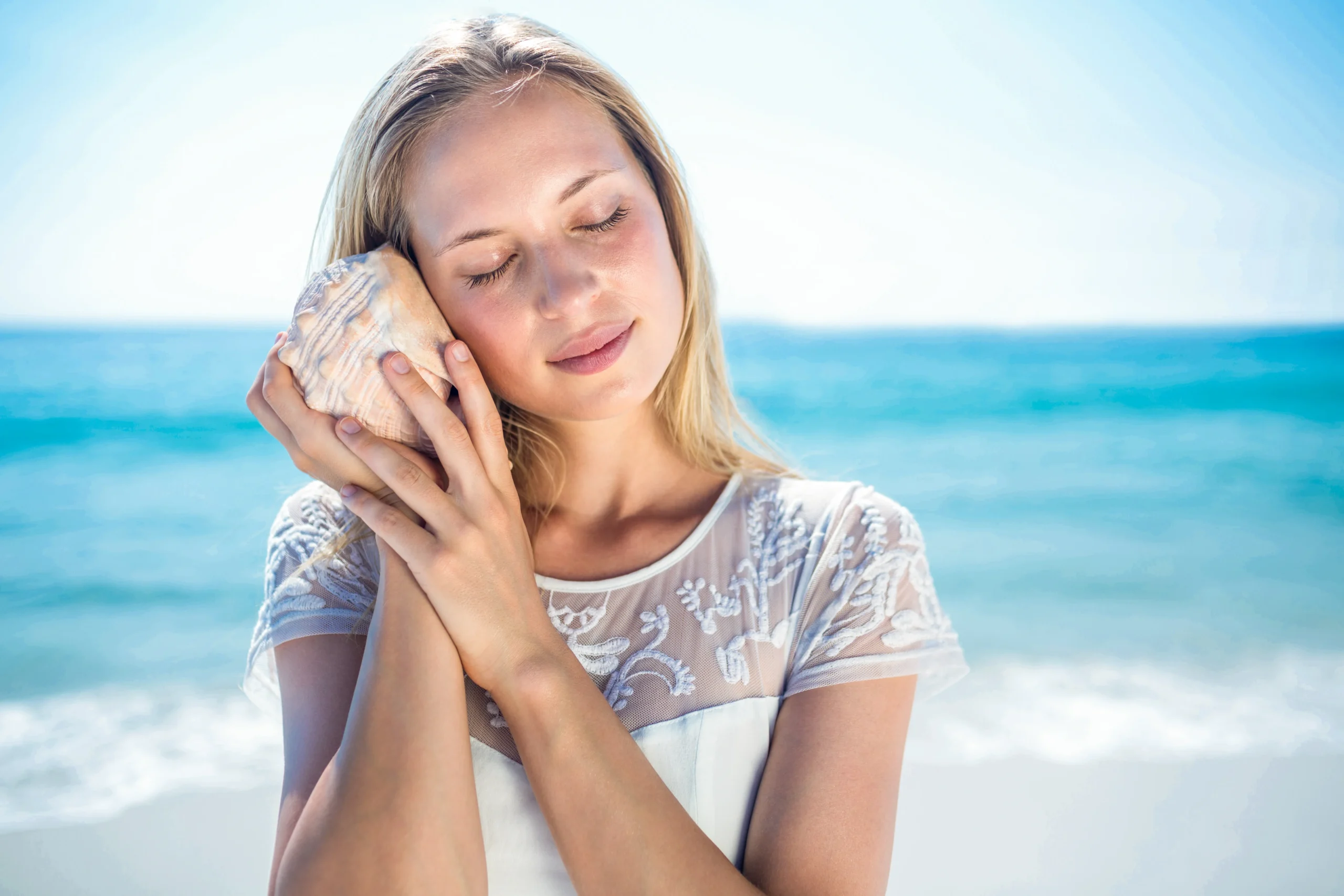
Home Remedies for After Sun Skin
Home remedies for after-sun skin care are a powerful way to soothe and restore skin without relying solely on commercial products. Sunlight often rejects inflamed, tight, or dry skin. While over-the-counter lotions and serums are highly effective, many natural remedies provide instant relief using ingredients you probably already have in your kitchen. Combined with professional treatments, these remedies provide a quick, affordable, and holistic recovery for sun-damaged skin.
Cool Compresses and Herbal Comfort
One of the simplest and most effective home remedies is a cold compress. Applying a cold, wet cloth reduces swelling, soothes irritation, and constricts blood vessels to reduce redness. The compress can be soaked in green or chamomile tea before cooling to enhance its effectiveness. Both teas contain antioxidant and anti-inflammatory compounds, which accelerate healing and provide a soothing experience.
Another option is to use cucumber slices or puree. Cucumbers are over 0% water and contain vitamin C and caffeine, which reduce swelling and rehydrate skin. They provide an immediate cooling sensation when applied directly, leaving the skin refreshed and less irritated. This natural remedy is especially beneficial for sensitive areas such as the face and neck.
Natural Mask for After Sun Glow
Homemade masks also play an essential role in after-sun skin care. For example, yogurt contains probiotics and arctic acid, which gently exfoliate and provide moisture. When mixed with yogurt and honey to make a mask, it soothes rash, locks in moisture, and enables cell renewal.
Oatmeal is another excellent ingredient for soothing irritated skin. Blended with milk or aloe vera creates a paste that soothes itching and nourishes the skin. The beta-glucan in oatmeal strengthens water loss. Applying this type of mask two to three times a week after sun exposure will keep your skin soft and supple.
Oils and Natural Butters for Nutrition
Coconut oil and shea butter are classic home remedies for nourishing sun-damaged skin. Coconut oil’s antibacterial and anti-inflammatory properties soothe irritation. At the same time, shea butter is rich in vitamins A and E, which aid in healing. When applied after a cold compress, these natural emollients lock in moisture and create a protective layer, ensuring skin heals without dryness or peeling.
Unlike synthetic lotions, these oils and butters work harmoniously with the body’s natural lipid levels. This is ideal for those who prefer chemical-free skin care and want powerful results.
Overall Aspects of Home Remedies
Home remedies don’t just treat the skin; they create a holistic healing experience. The soothing scent of chamomile, the cooling sensation of cucumber, or the creamy texture of a yogurt mask provide a relaxing effect that helps the body recover from stress caused by sun damage. Incorporating these natural solutions into your after-sun skincare routine nourishes your skin and overall well-being.
Product Guide for After Sun Skin
The after-sun skin care product guide helps you choose the right product from the vast array of available lotions, gels, creams, and serums. While home remedies provide practical comfort, professionally prepared products contain concentrated ingredients backed by scientific research. Choosing the right product ensures that your skin is most effectively moisturized, restored, and protected. The key is to select the texture and formula that best suits your skin type and specific after-sun needs.
When comparing products, consider your immediate needs: Are you looking for cooling comfort, deep moisture, or long-term recovery? The best after-sun skin care products combine soothing botanicals, antioxidants, and light hydrators but don’t contain heavy fragrances or irritating alcohol. Choosing wisely can make the difference between short-term comfort and proper skin recovery.
Lotion vs. Gel: Which Is Better?
Lotions and gels are the two most common products on the after-sun skin care market, and both have their own benefits. Gels containing aloe vera, in particular, provide instant cooling relief. They are quickly absorbed, non-greasy, and especially effective for oily or acne-prone skin. Light consistency makes them suitable for application to large areas after intense sun exposure.
Lotions, on the other hand, provide each with moisture. They often contain emollients like shea butter, glycerin, or natural oils, which help rebuild the lipid barrier and lock in moisture. For dry or sensitive skin, especially when peeling, lotions can be more effective than gels. Many dermatologists recommend lotions that include antioxidants, aiding recovery and providing moisture.
Ultimately, the choice between gel and lotion depends on the condition of your skin after sunburn. Gels are suitable for soothing redness and cooling heat, while lotions excel at long-term barrier repair and moisture. Many people find that using both gives the best results. Start with the gel for initial comfort, then apply the lotion to restore balance.
Dermatologist Recommended Formula
Dermatologists say the best after-sun skin care products should be free of alcohol, synthetic fragrance, and irritating chemicals. Instead, they recommend formulas rich in aloe vera, hyaluronic acid, vitamin C, Vitamin E, and niacinamide. These ingredients soothe inflammation, promote faster healing, and protect against oxidative stress.
Brands prioritizing dermatological research incorporate these ingredients into advanced formulas for sun healing. For example, a weightless serum with stabilized vitamin C supplies powerful antioxidant protection. At the same time, a cream rich in ceramides restores the skin’s barrier. Moisturizers with sunscreen are also recommended for daytime use, so skin is protected while it heals.
The Importance of Patch Testing
The best after-sun skin care products may not be appropriate for everyone. A patch test before the complete application can help avoid adverse reactions. Use a small quantity of the product on the inside of your elbow or behind your ear and wait 24 hours. Using it on sunburned areas is safe if no irritation or redness occurs. This step ensures that your recovery journey is smooth and trouble-free.
The effectiveness of after-sun care is maximized with the right product type, dermatologist-supported formulas, and safe application practices. Your skin doesn’t just recover; it thrives, gaining resilience against future sunburns.
Discover More Articles On Makeup And Beauty Here
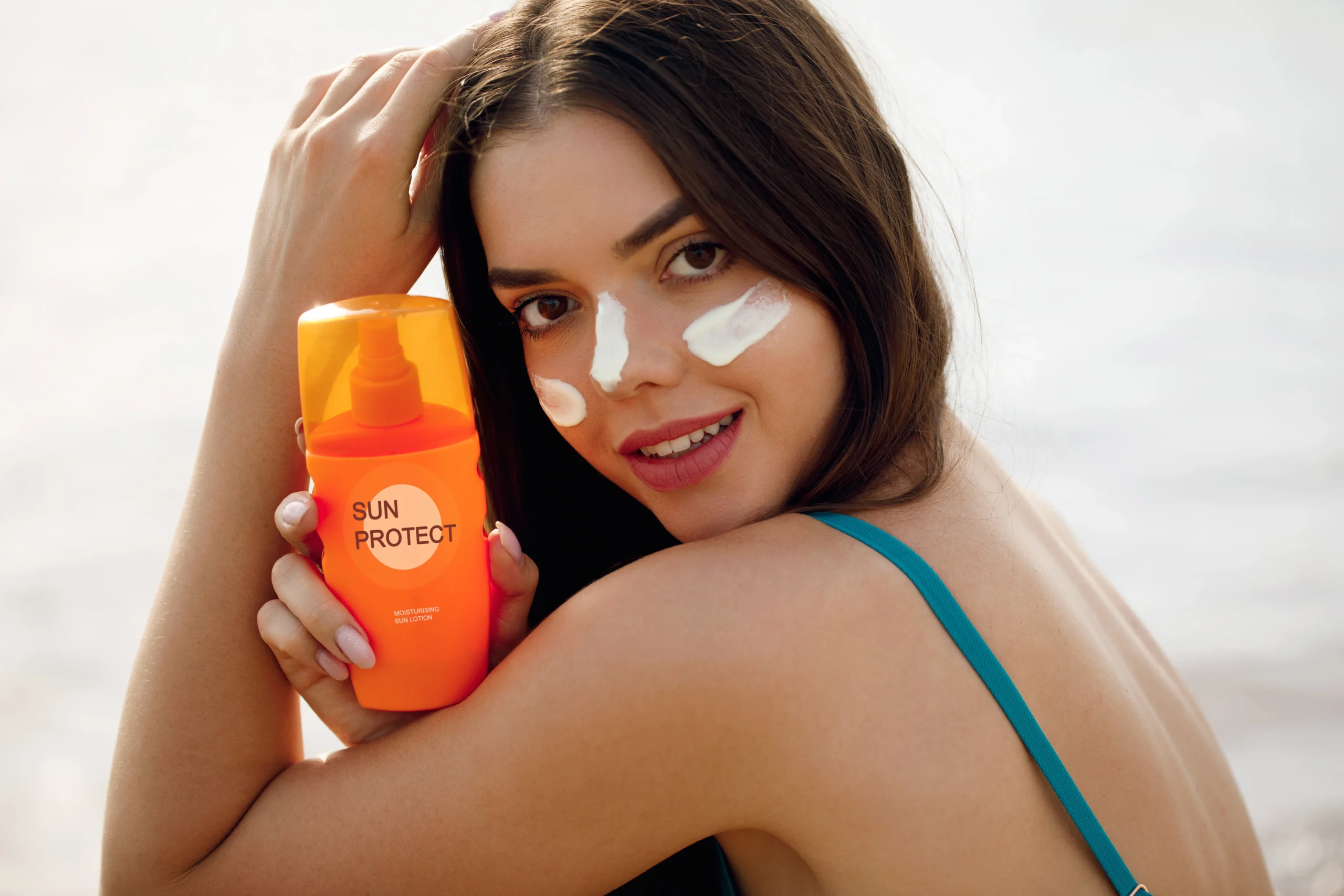
Final Thoughts on The Best After Sun Skin Care
The best after-sun skin care isn’t just a soothing routine; it’s an essential investment in your skin’s comfort and future health. Sun exposure is often unavoidable, whether on vacation, during outdoor activities, or just on your daily commute. Every time skin is exposed to UV rays, it’s exposed to a type of stress that, if neglected, can lead to dehydration, inflammation, and long-term damage. That’s why a thoughtful after-sun routine is just as important as applying sunscreen before you go out in the sun.
From hydration with aloe vera and hyaluronic acid to repair with antioxidants and vitamins, each step of the best after-sun skin care routine plays a key role in protecting and restoring skin. Home remedies like cucumber packs or yogurt masks work with dermatologist-approved products to provide natural soothing and enhanced repair. Ensuring prevention through daily sunscreen use and lifestyle changes will help sustain all your efforts and reduce the risk of recurring damage.
Consistency is key here. While using aloe gel or a cooling mask occasionally may provide temporary relief, a consistent after-sun care routine will deliver long-lasting results. You can keep your skin firm, radiant, and resilient to future challenges by prioritizing hydration, repair, prevention, and nourishment.
Ultimately, the best after-sun skin care is all about balance. It combines modern science with natural remedies, instant relief with long-term strategies, and external care with internal hydration. When taken holistically, exposure to sunlight becomes a unique opportunity for rejuvenation rather than potential damage. With regular care and commitment, your skin can heal faster, stay radiant longer, and masterfully manage the signs of aging, no matter how much time you spend in the sun.


